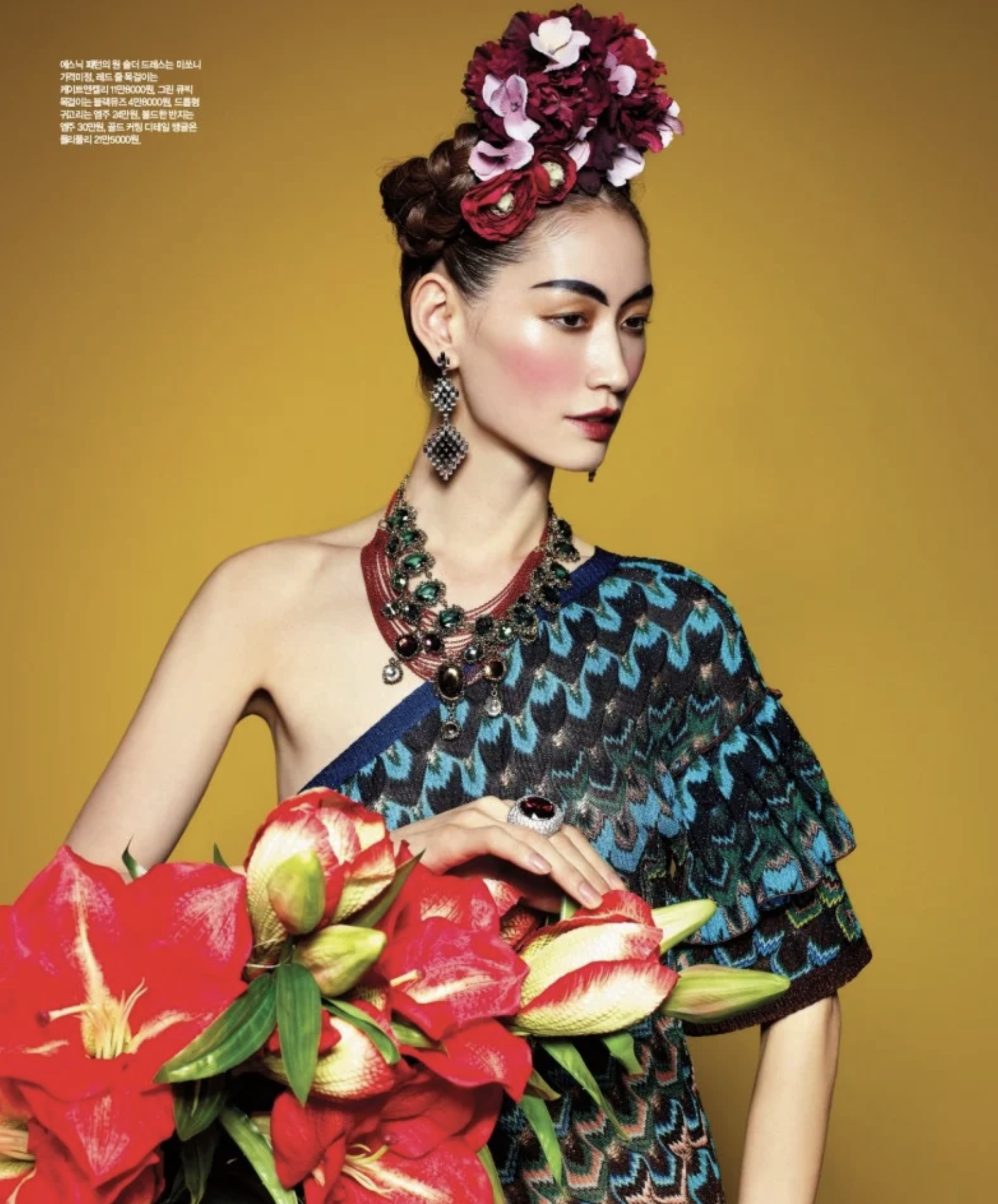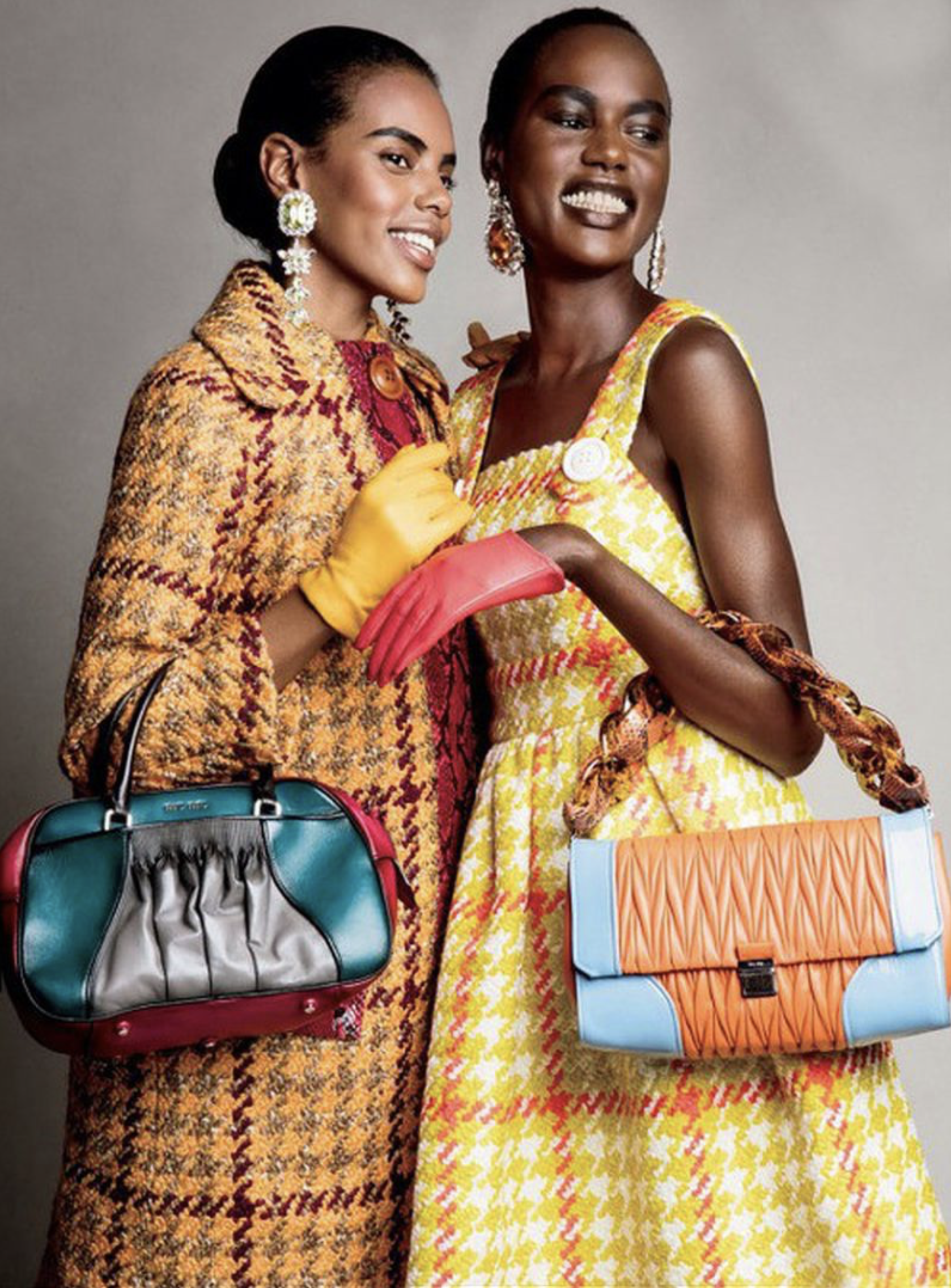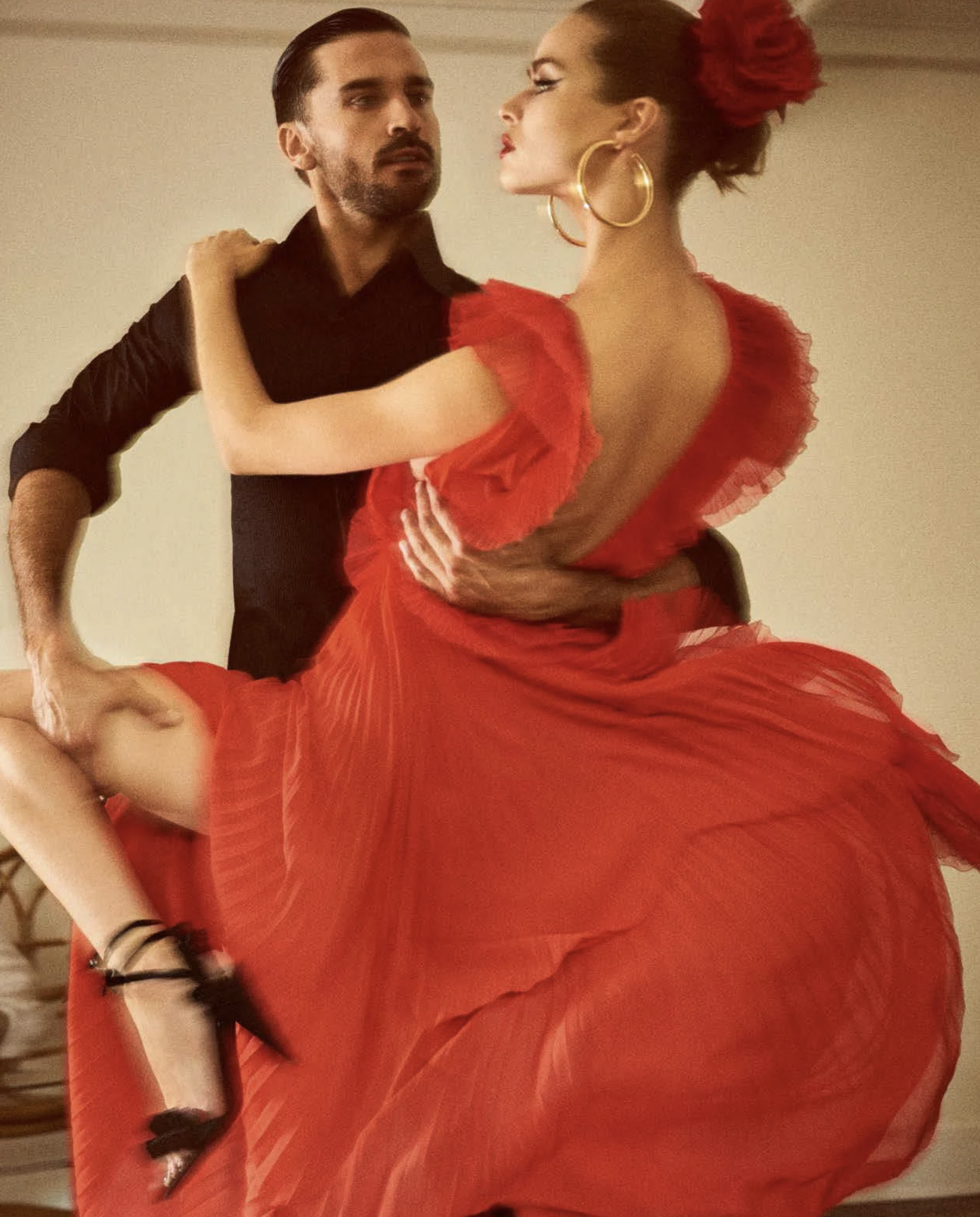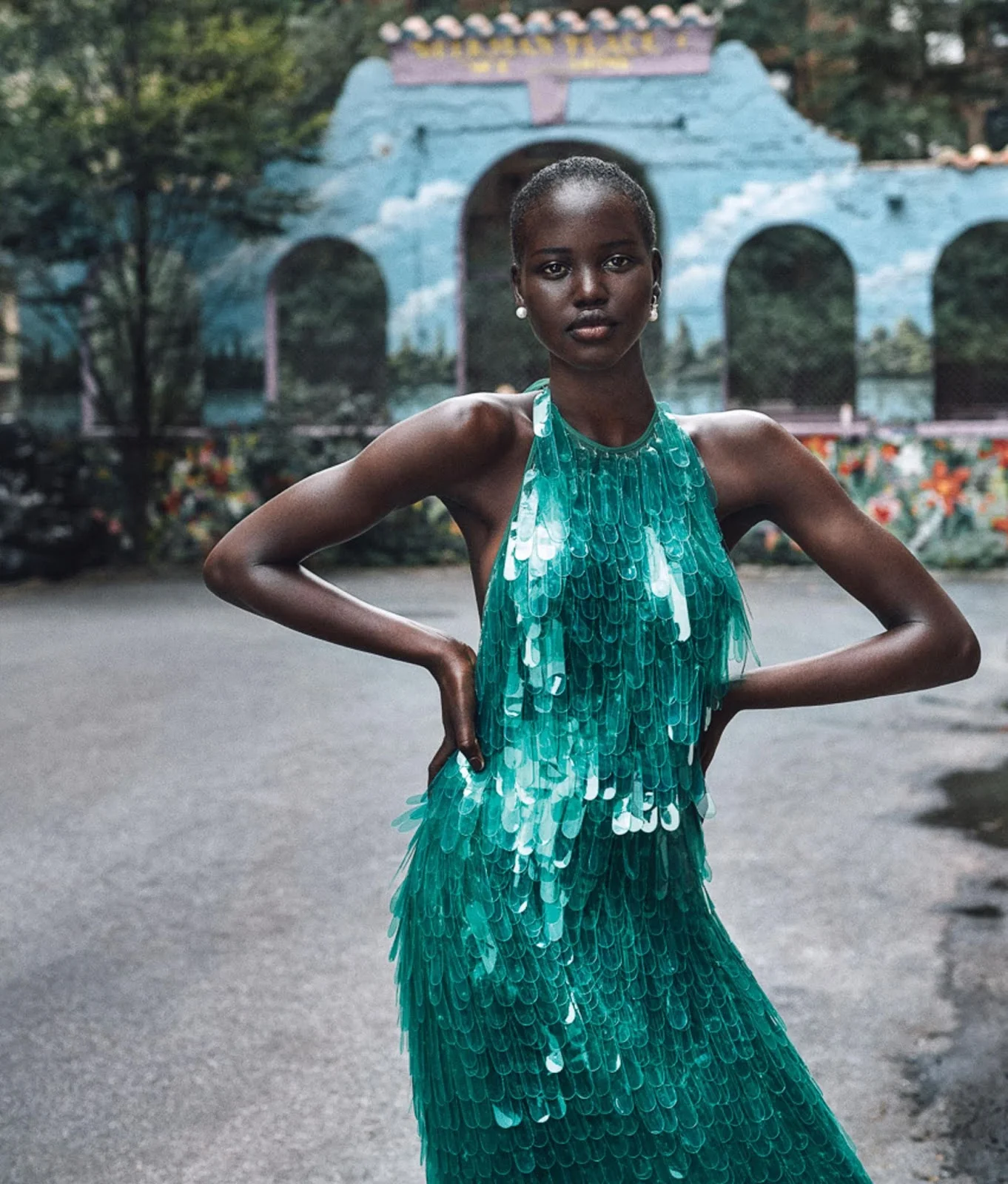Eye: Natasha Poly Fronts 'Logomania' By Brigitte Niedermair For CR Fashion Book | Is This For Real?
/CR Fashion Book editor-in-chief and industry mega-vision/voice Carine Roitfeld returns to a familiar theme of logo-wrapping in the Fall/Winter 2017 of CRF. Photographer Brigitte Niedermair flashes the bound-body of Natasha Poly in 'Logomania', styled by Ben Perreira
Erotic tension is a common top note in Roitfeld's styling toolbox, and I miss terribly her imprint on Vogue Paris. My first thought in seeing these images -- was an article about fishnets inspired by Carine. My second one questioned the relevance of logos in today's fashion culture.
1. Nike
In late 2015 financial powerhouse Goldman Sachs polled 579 'college fashionistas' about their buying habits. For starters, these style lovers preferred apparel without labels or logos. Oh, and it was far more important to spend money on electronics than clothes.
"Nike is the most-loved brand by far," Goldman Sachs analysts write.
More than 50% of respondents chose Nike as their favorite athletic-wear brand. Lululemon came in a distant second, with about 25% of votes.
The brand also ranked as Goldman's second most popular footwear brand behind Steve Madden.
Nike was also the top-preferred clothing retailer among teens surveyed by research firm Piper Jaffray, beating out Forever 21, Victoria's Secret, Ralph Lauren, Urban Outfitters, and Hollister, wrote Business Insider in reviewing the logo landscape among millennials.
2. Free People
Urban Outfitters' bohemian brand Free People ranked as the favorite apparel retailer, beating out favorites like Topshop, Forever 21, H&M and Zara.
Sales at Free People stores open at least a year grew 14% in the second quarter of 2015. By comparison, sales at Urban's namesake brand grew 2%.
"Amazing is the word that comes to mind when I hear the Free People story: thirteen consecutive quarters of double-digit comp sales growth. It's a remarkable story and a tribute to the extraordinary performance of the Free People team," CEO Richard Hayne told financial analysts.
The Free People trend has continued into 2017 revenue growth and profitability, after an early 2016 sales blip of retail stores facing those 2015 numbers. Most financial analysts say that Free People execs understand their customer well.
She's a “26-year-old girl, smart, creative, confident, and comfortable in all aspects of her being, free and adventurous, sweet to tough to tomboy to romantic. A girl who likes to keep busy and push life to its limits, with traveling and hanging out and everything in between,” the company writes on its website. Note that Free People has also mastered the art of social media.
3. Kate Spade
The Goldman Sachs research identified Kate Spade as its top handbag brand, putting it far ahead of names like Coach and Michael Kors, known for their loud logos versus the tiny stamp on a Kate Spade bag. There's a reason why Coach bought Kate Spade in May 2017 for $2.4 million, causing Teen Vogue to write Coach Bought Kate Spade, and Shoppers Are NOT Happy About It. The logo topic was front and center:
Kate Spade is known as a whimsical brand with accessories and RTW rife with stripes, polka dots, bright colors — and even handbags shaped like small animals. What's more, while the company's logo is small and sleek, they take pride in writing fun words and phrases across everything from tote bags to dishware.
In a statement to WWD, Coach did say that they were "focused on preserving Kate Spade’s brand independence, as well as retaining key talent, ensuring a smooth transition to Coach Inc.’s ownership." With their rejection of the integrity of most business institutions, young shoppers are watching the Coach-Kate Spade alliance with skepticism.
Burberry Spring 2018
Styling 'Logomania' for CR Fashion Book, Ben Perreira had his game on, including the original Burberry plaid in his logo lineup. The Hollywood Reporter writes:
A large group of anti-fur protesters gathered at the entrance of Burberry's show on Saturday night, shouting, "Shame on London Fashion Week!" and holding signs that read "Animals are not fabric" as showgoers struggled to enter the restored 18th century Old Sessions House. Despite the protest, the show still carried on, with Naomi Campbell, Kate Moss and Cara Delevingne among the guests in the front row.
For its September collection, Burberry creative director Christopher Bailey brought back the British heritage brand's famous trademark check pattern, which was first used around the 1920s for the lining of its trench coats and became especially popular in the late 1990s/early 2000s. The distinctive check pattern became so widely counterfeited that it cheapened the brand, and as a result, its use was limited to less than 10 percent of its products at one point. The return of the iconic check couldn't have come at a better time, given the selling power of nostalgia nowadays, especially among millennials, and the reappearance of designer logos and names on underwear waistbands, T-shirts and more.
There you go! Is Carine Roitfeld once again ahead of the game in her embrace of bold, old-fashioned logos blazing? It's all in the mix, imo.
As an aside, Burberry's 'Here We Are' photography exhibition, curated by Christopher Bailey, Alasdair McLellan and writer Lucy More occupies three floors of the Old Sessions House until Oct. 1, 2017. And on the subject of Carine and Fishnets, I must update this 2014 editorial overview:
















